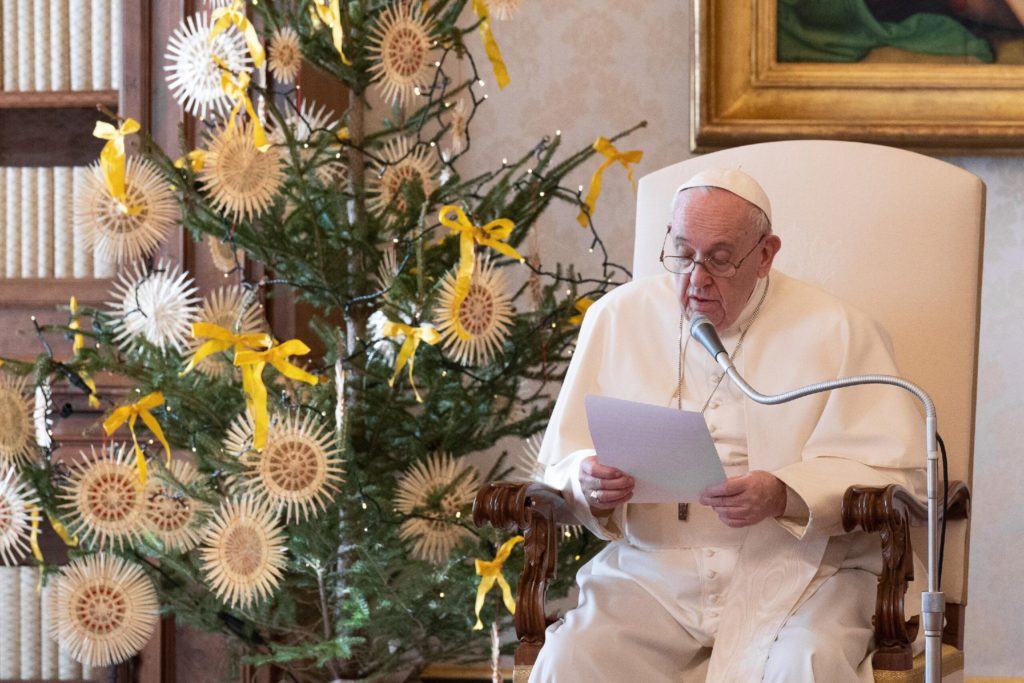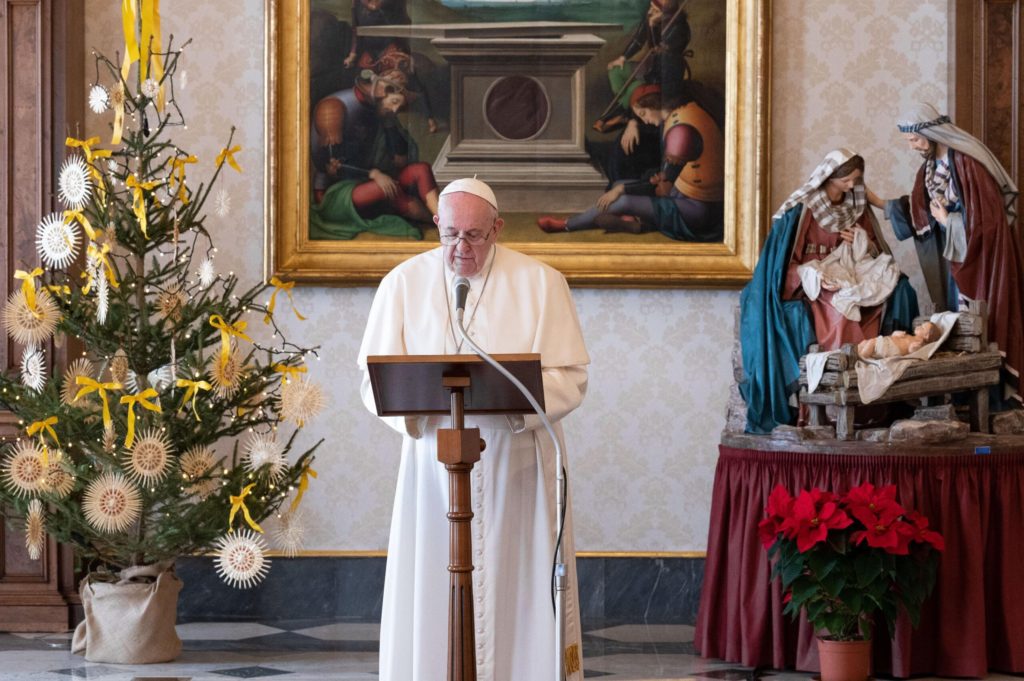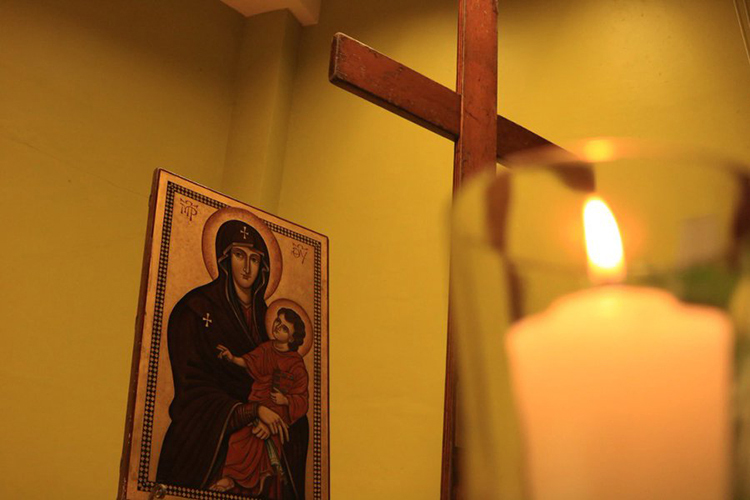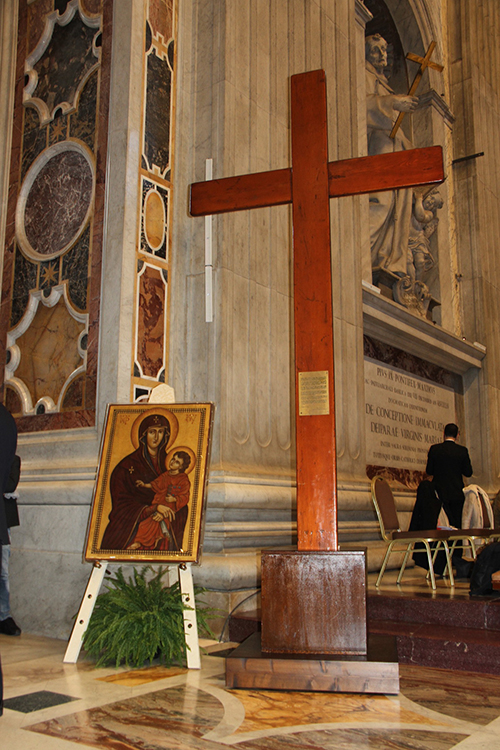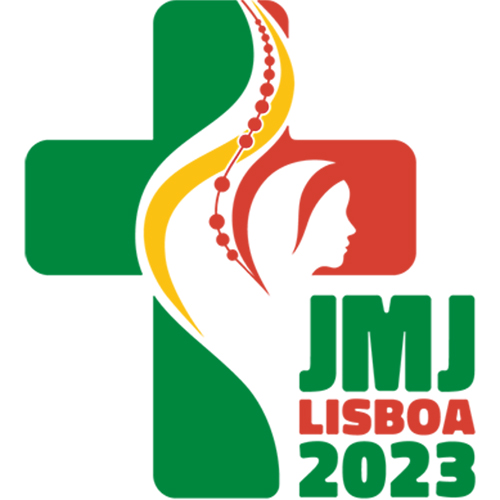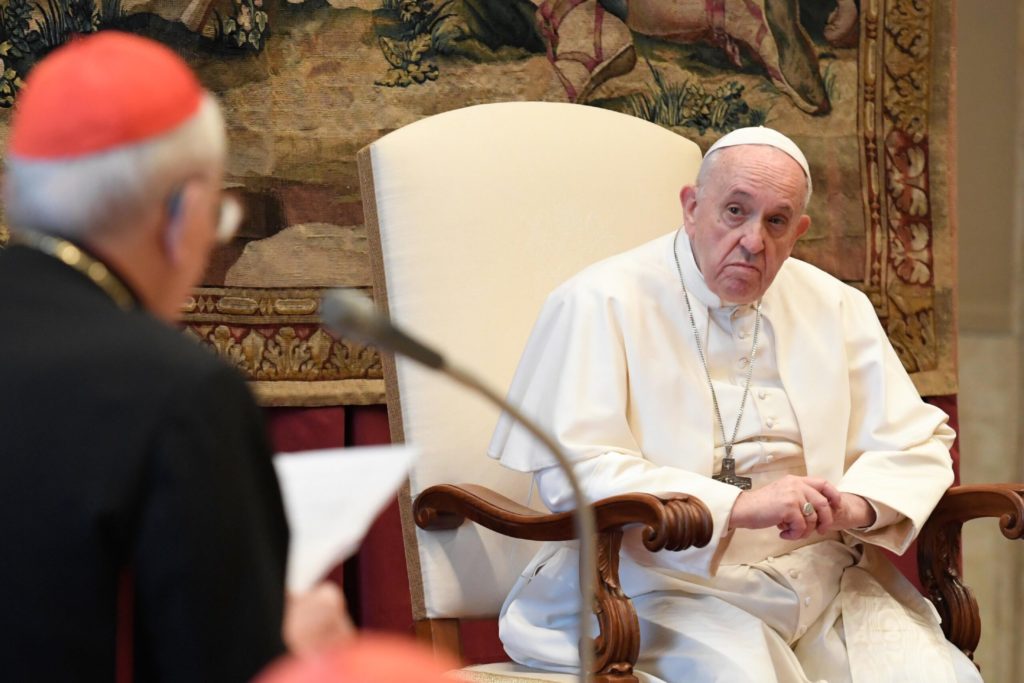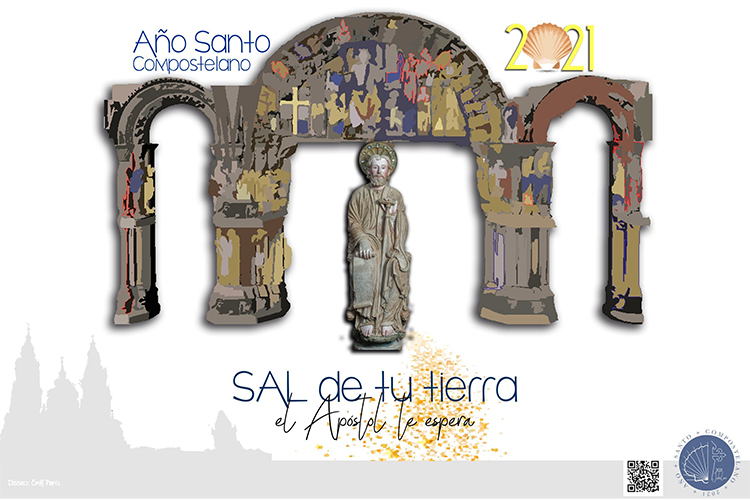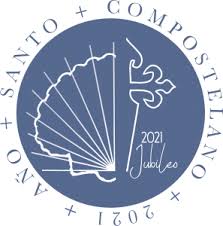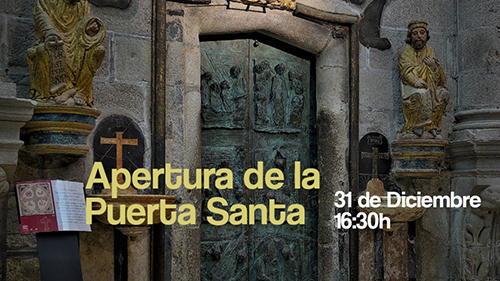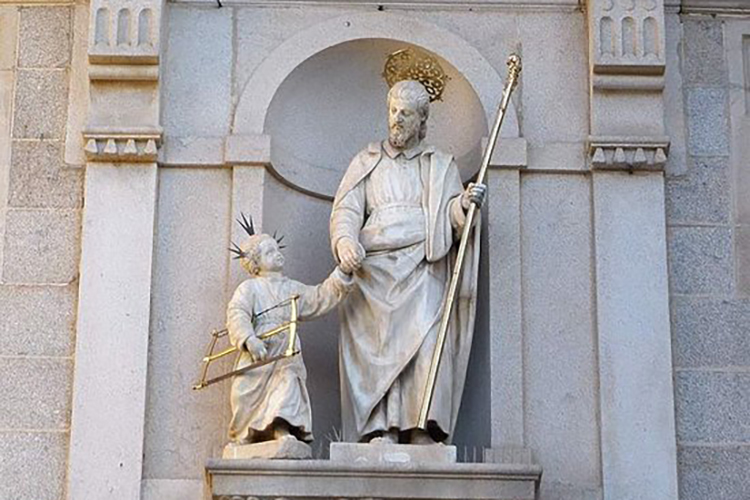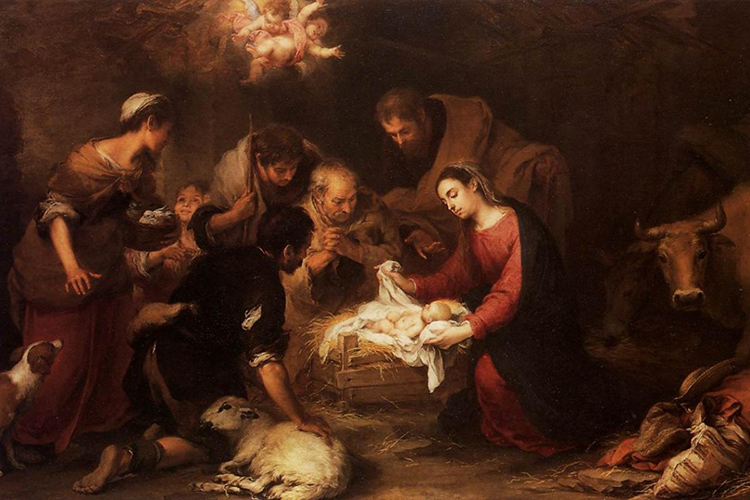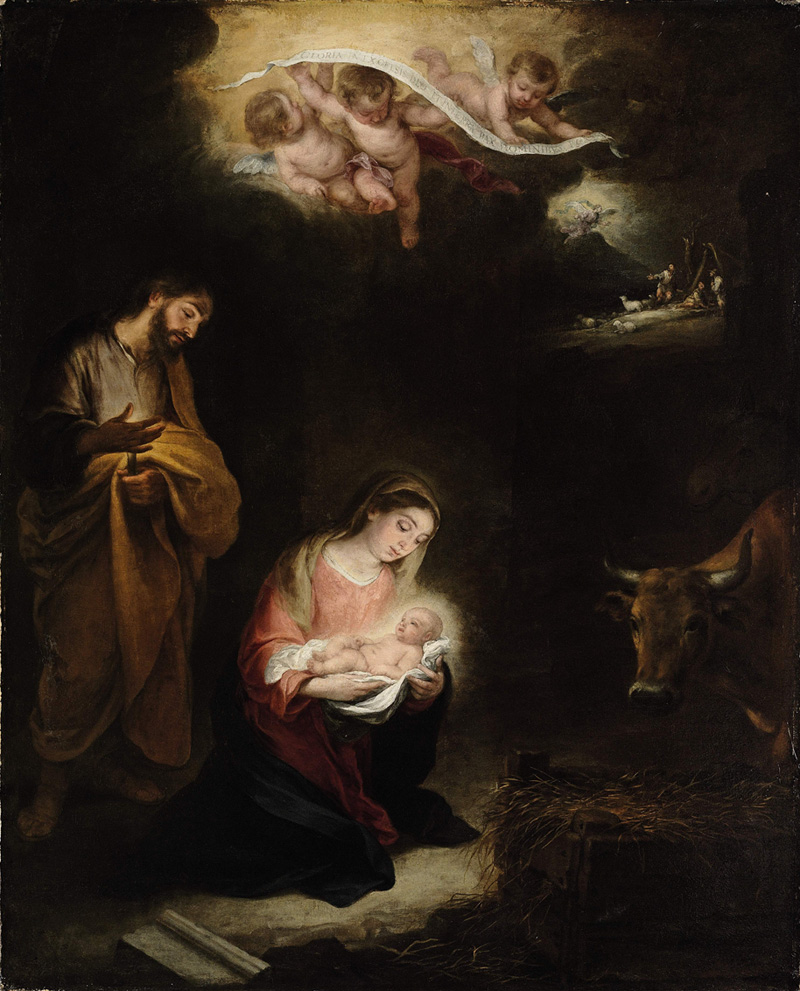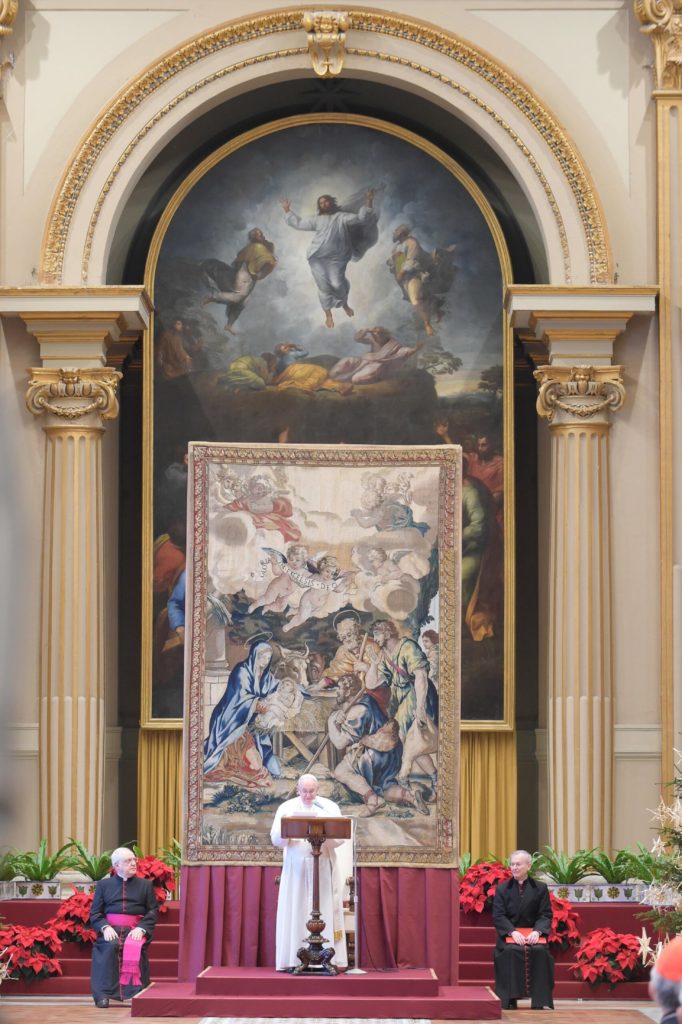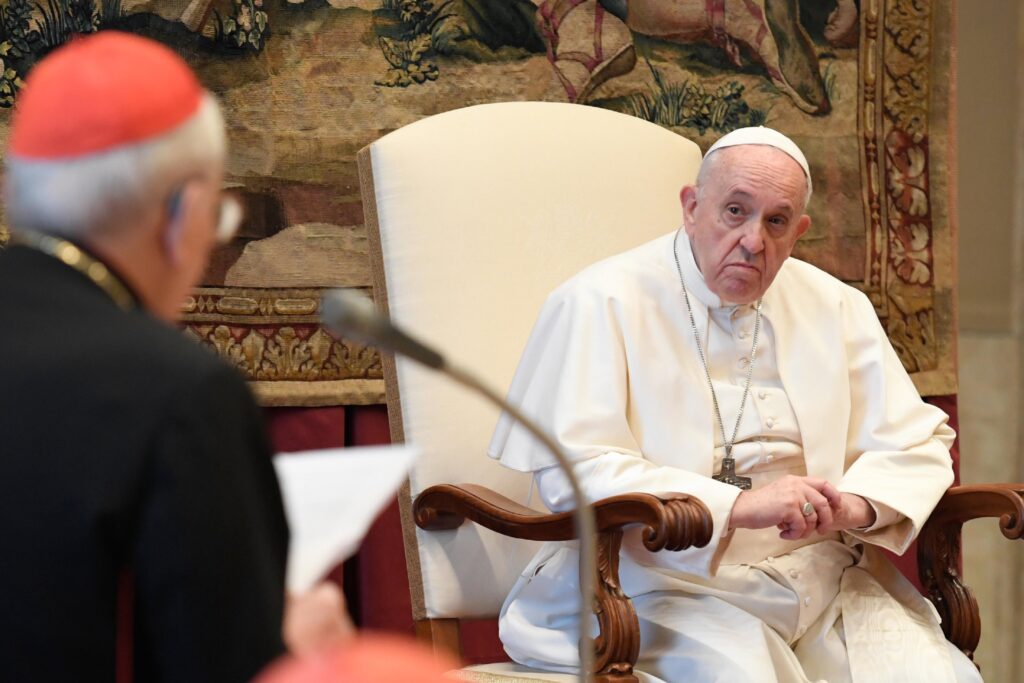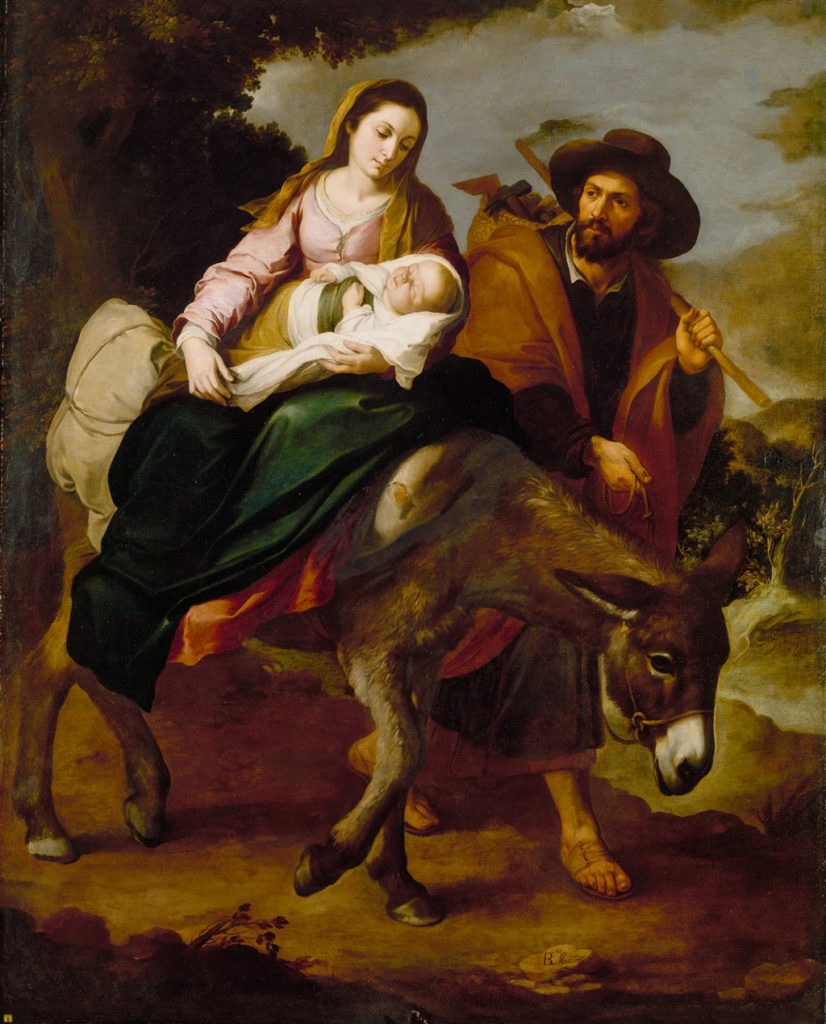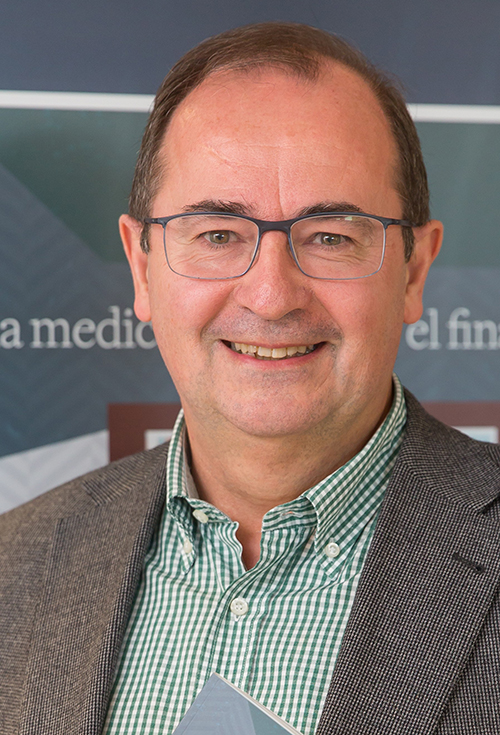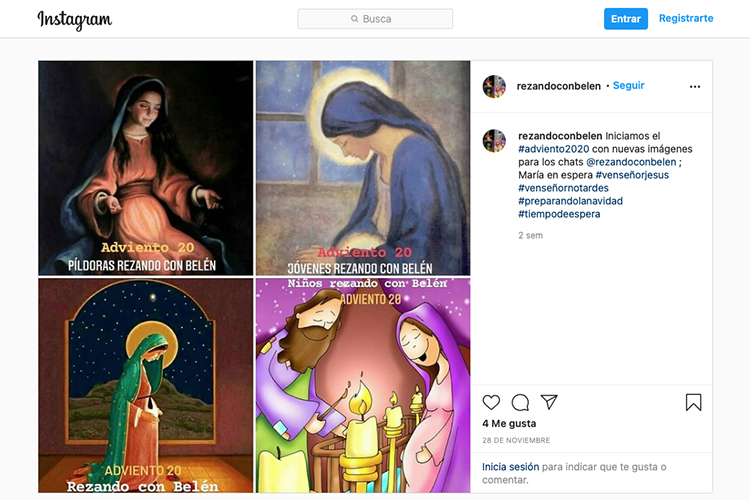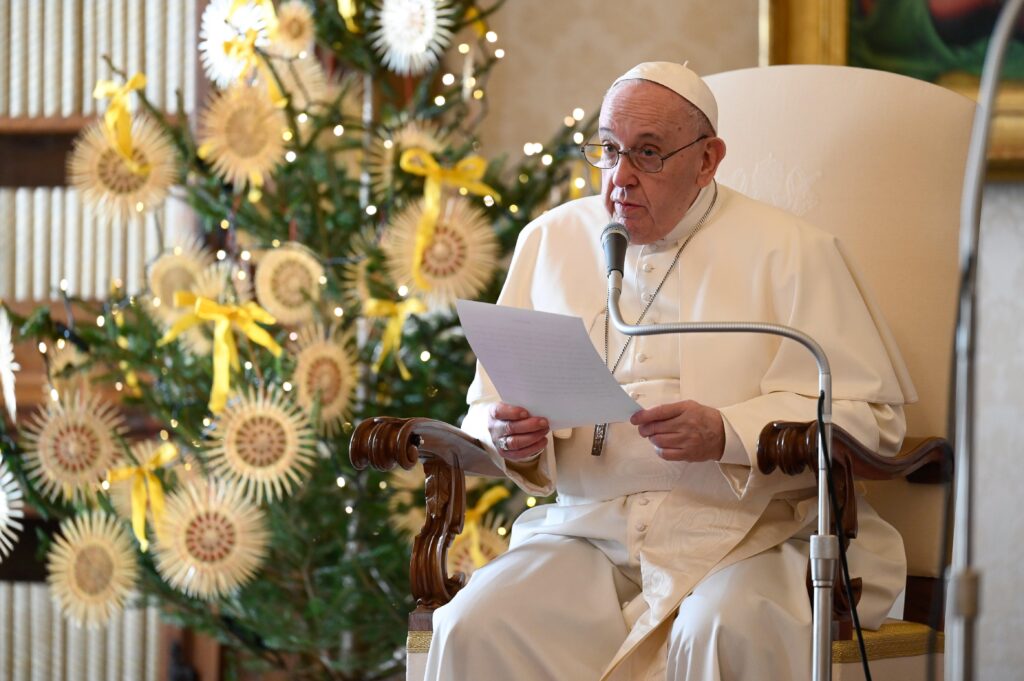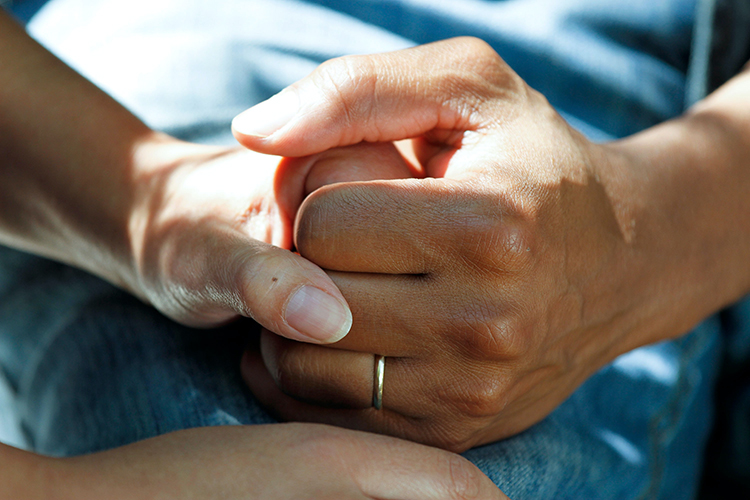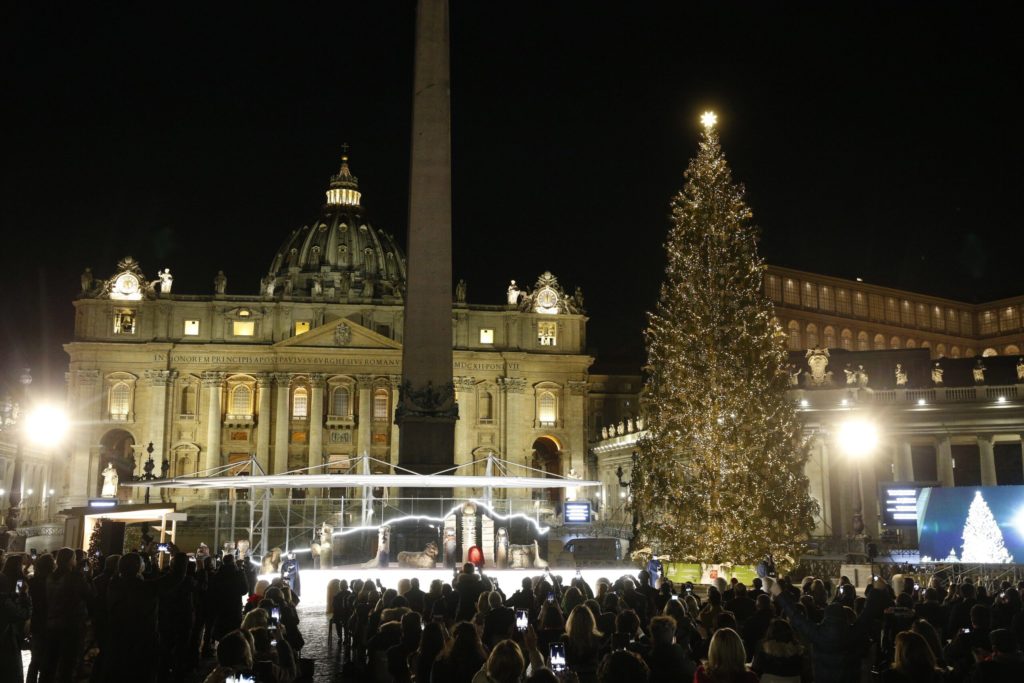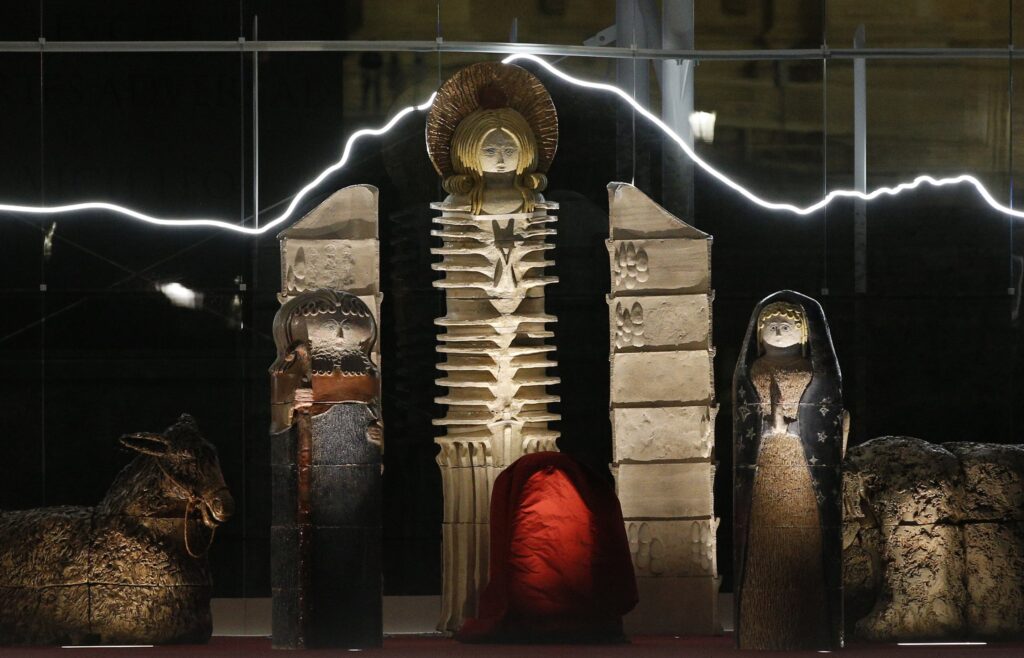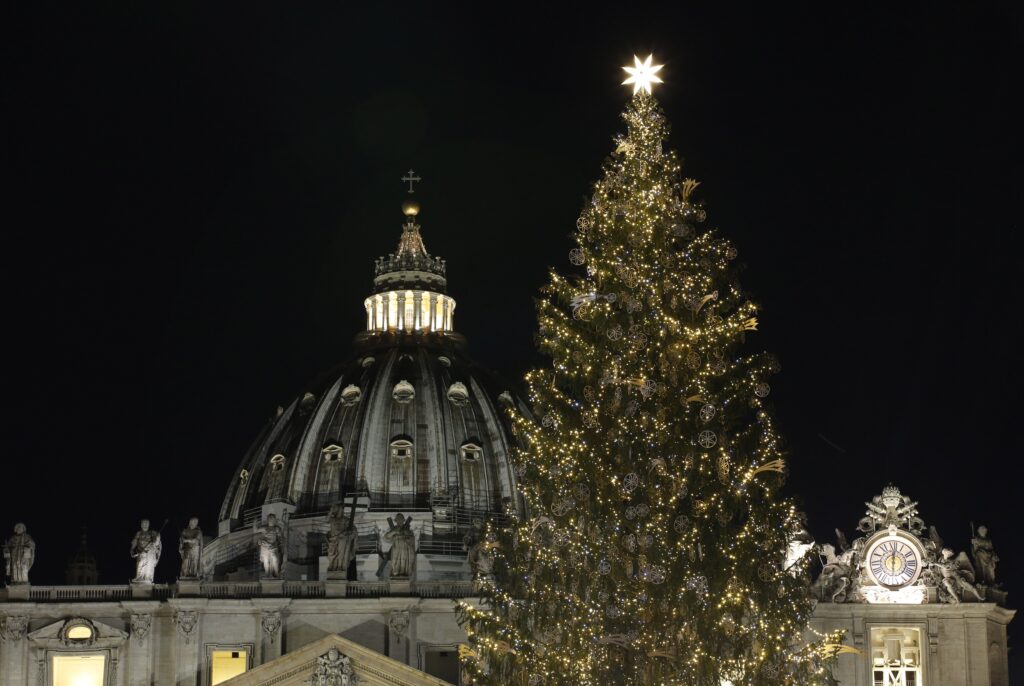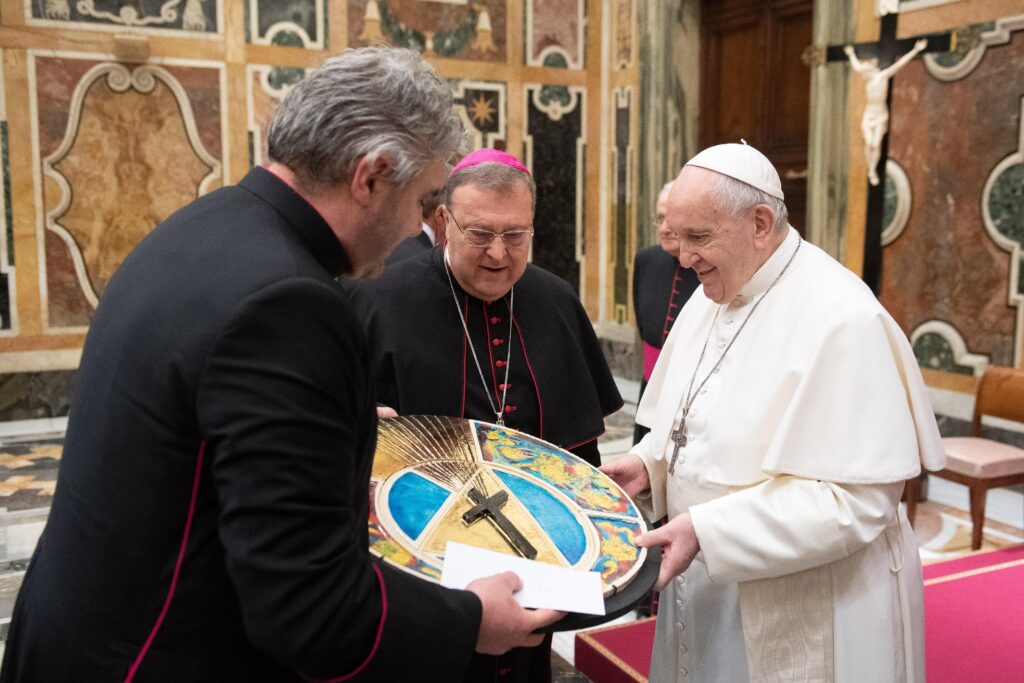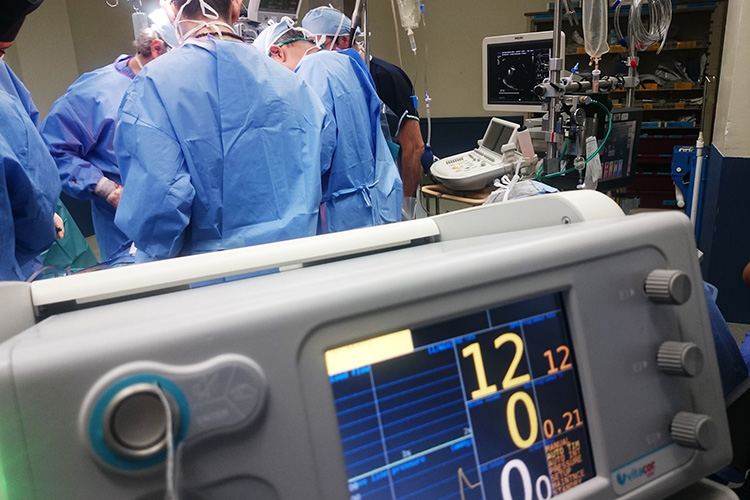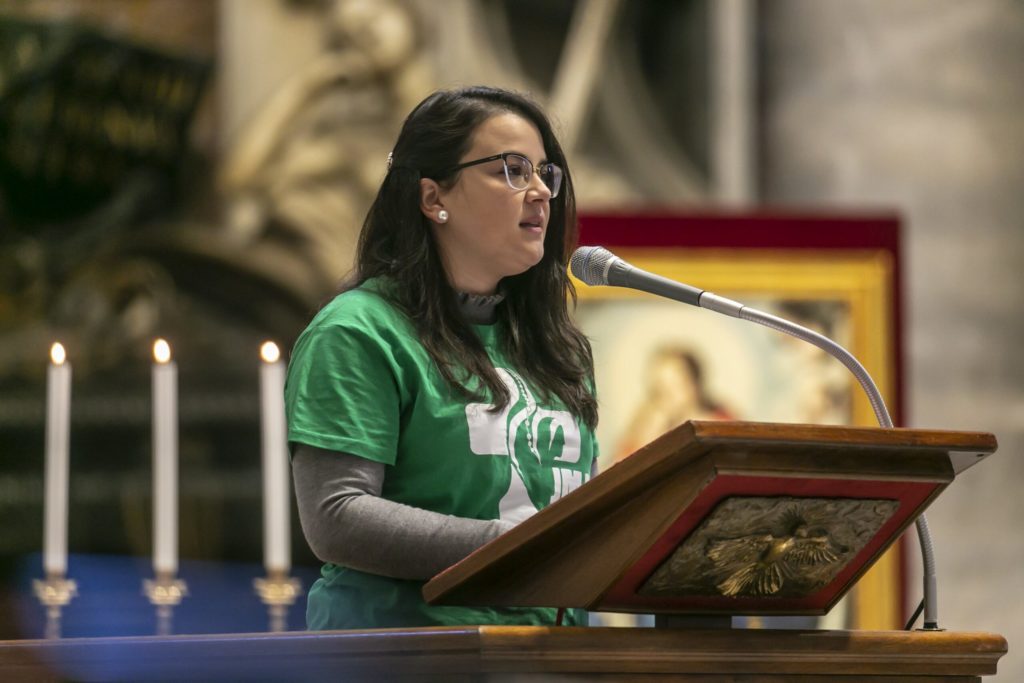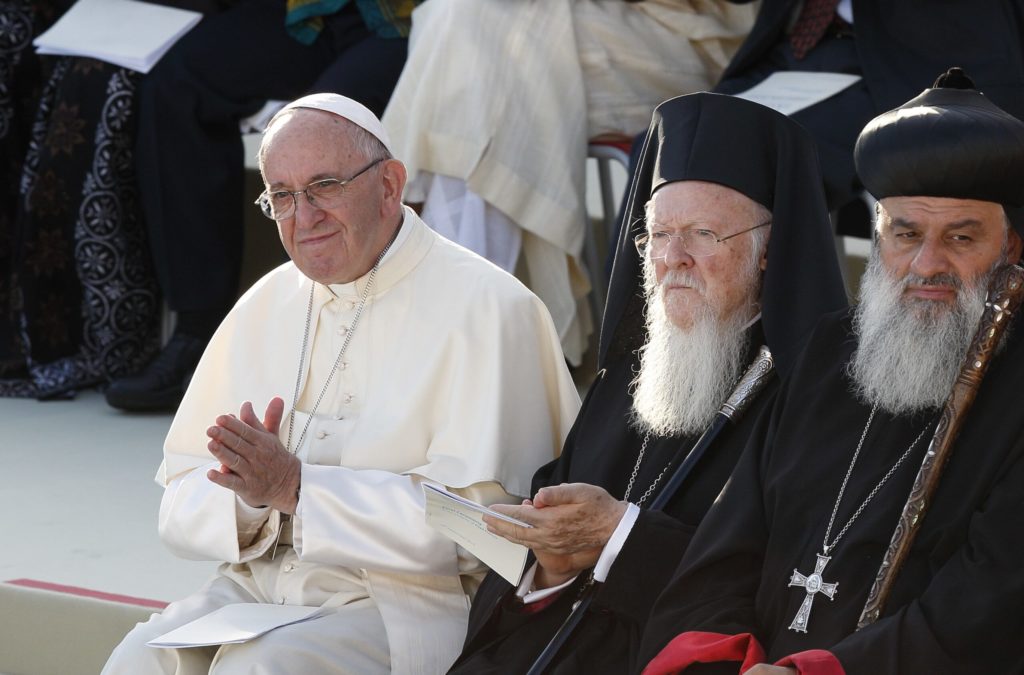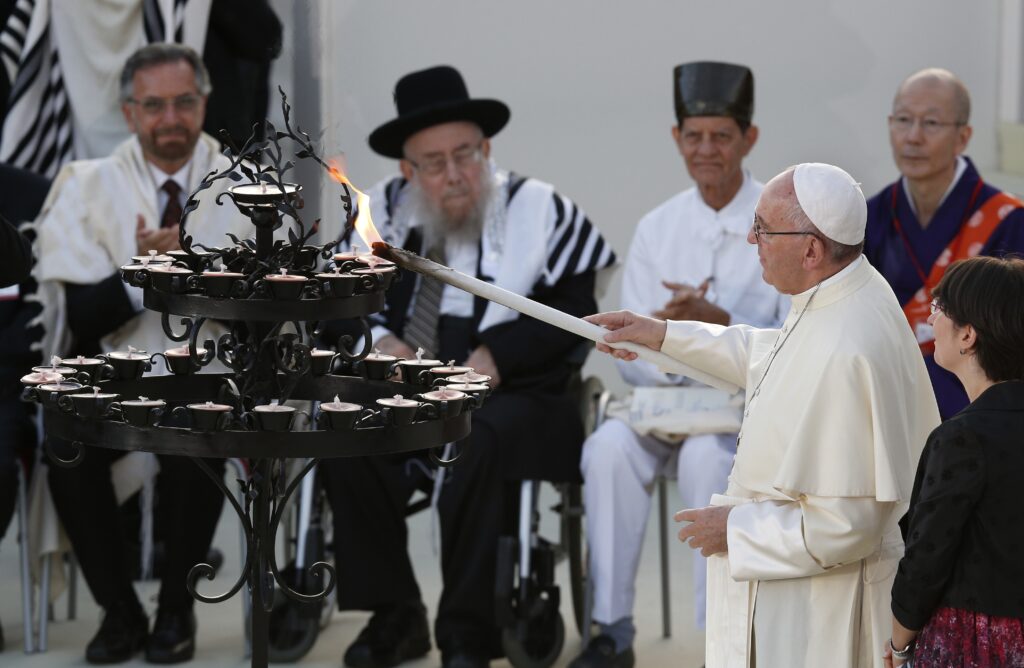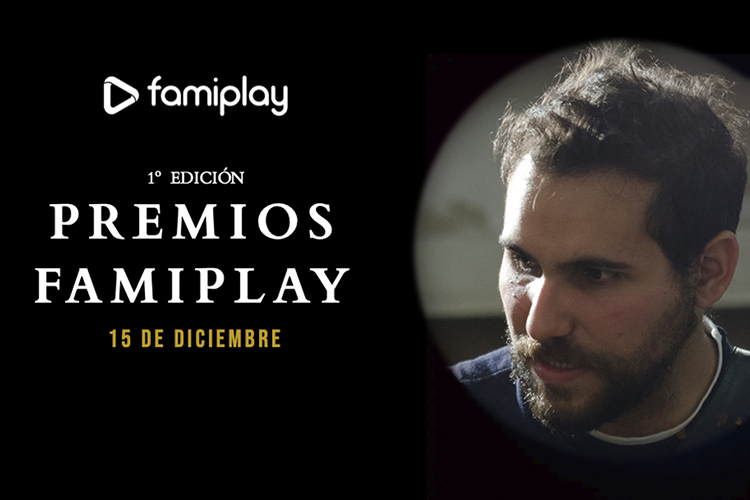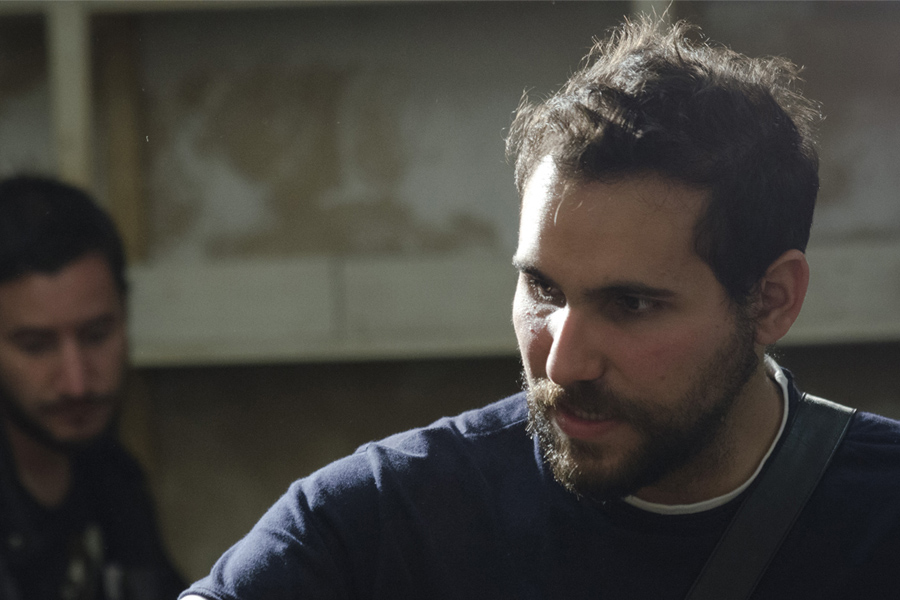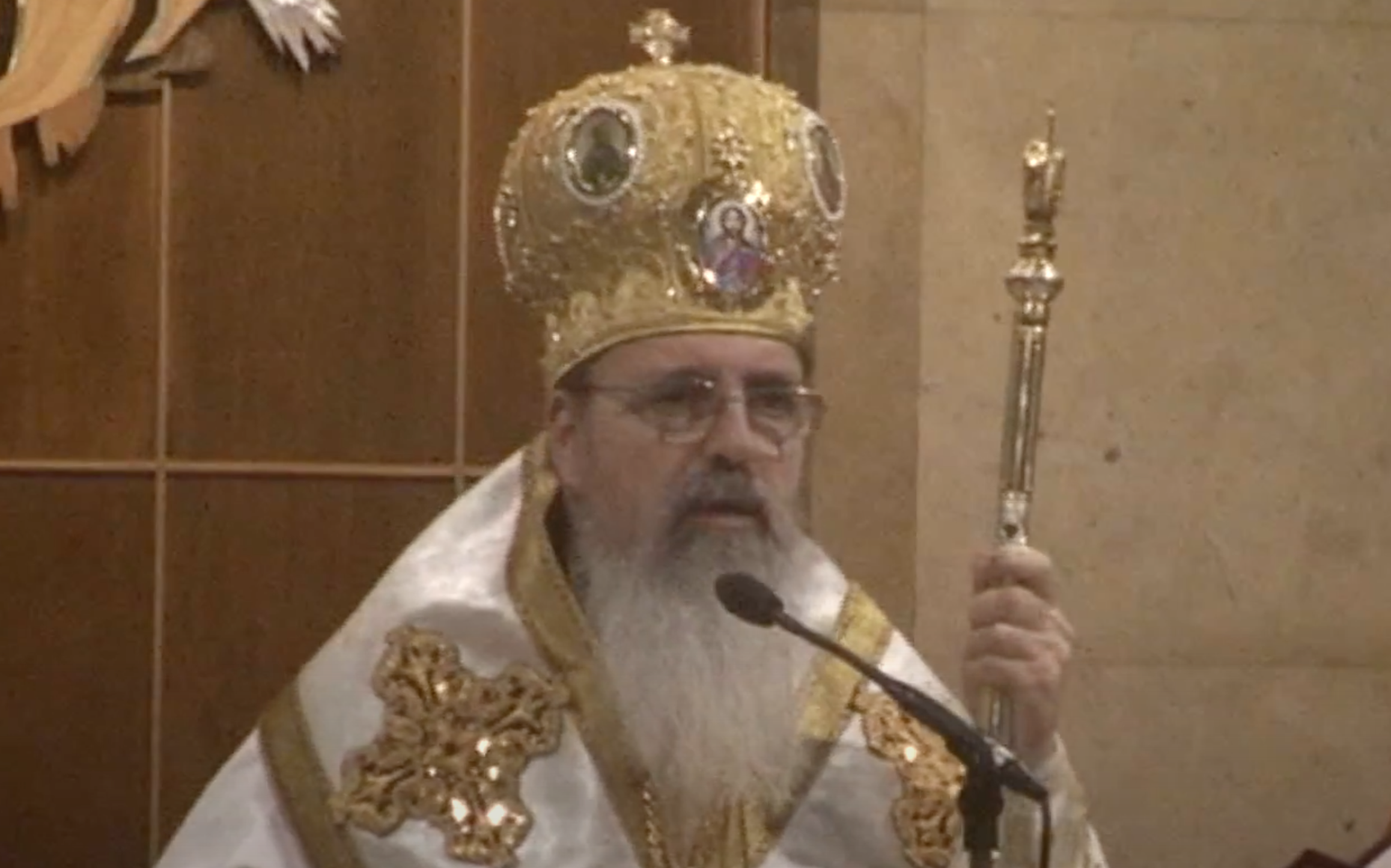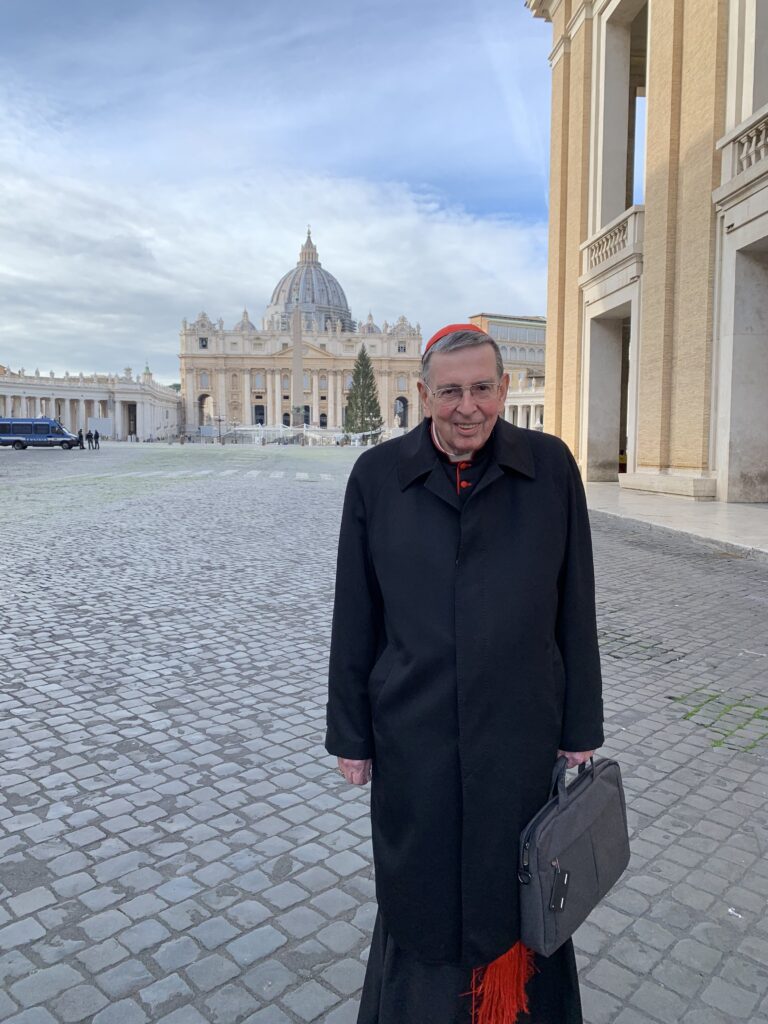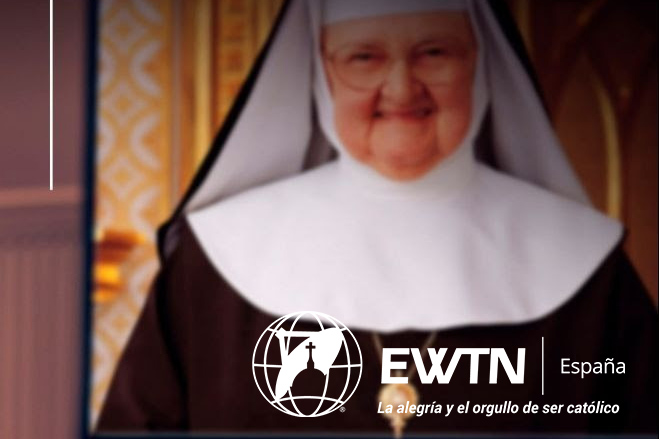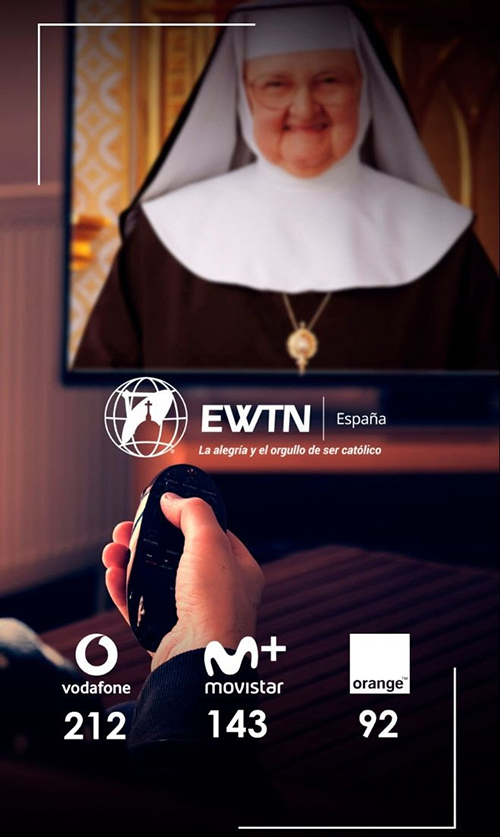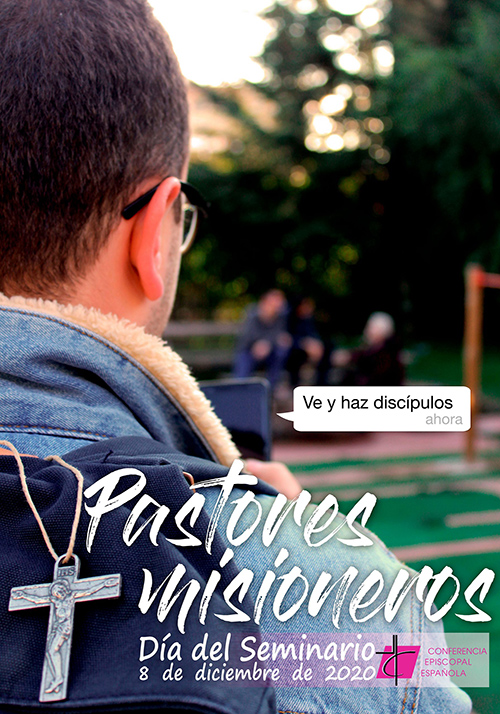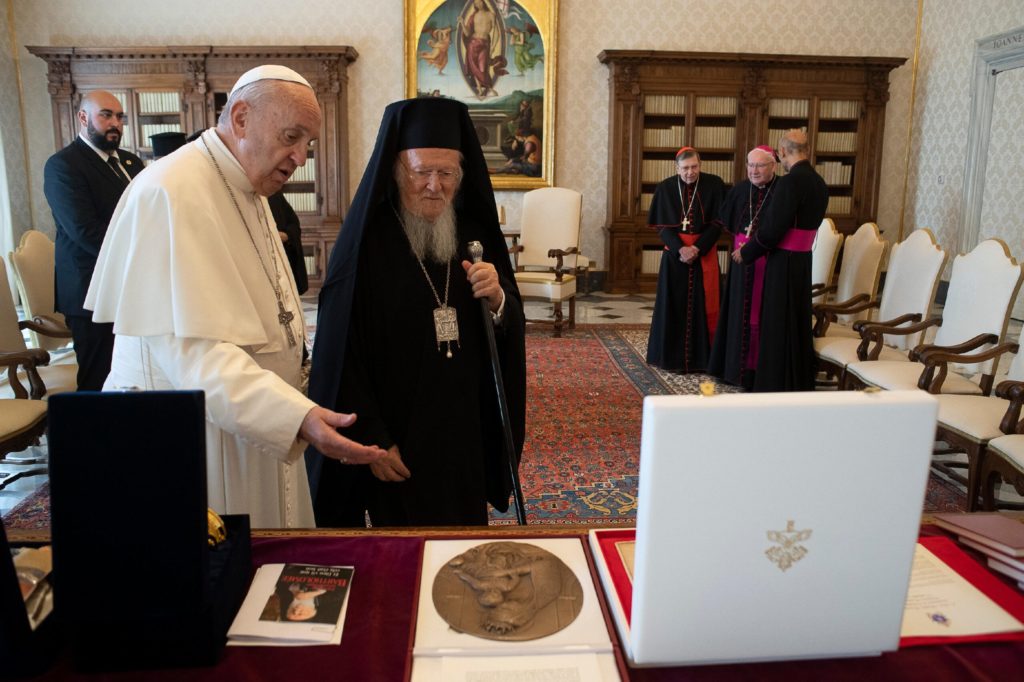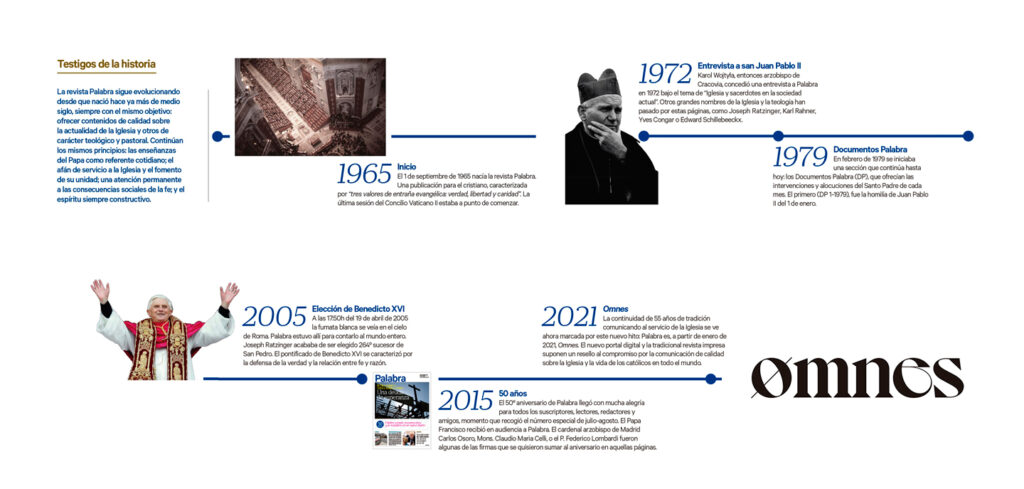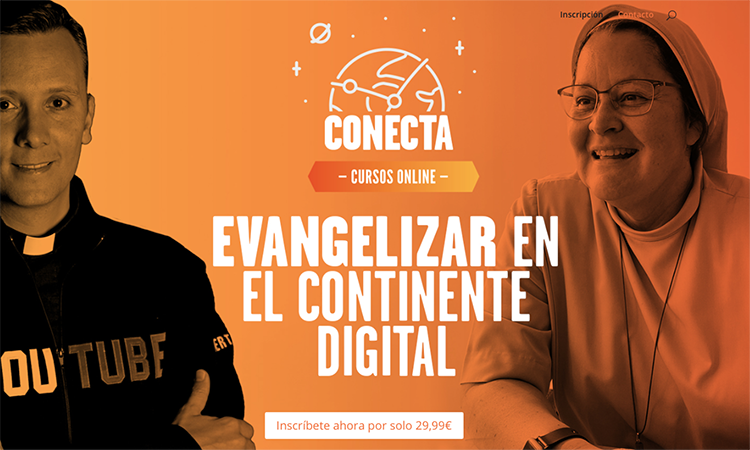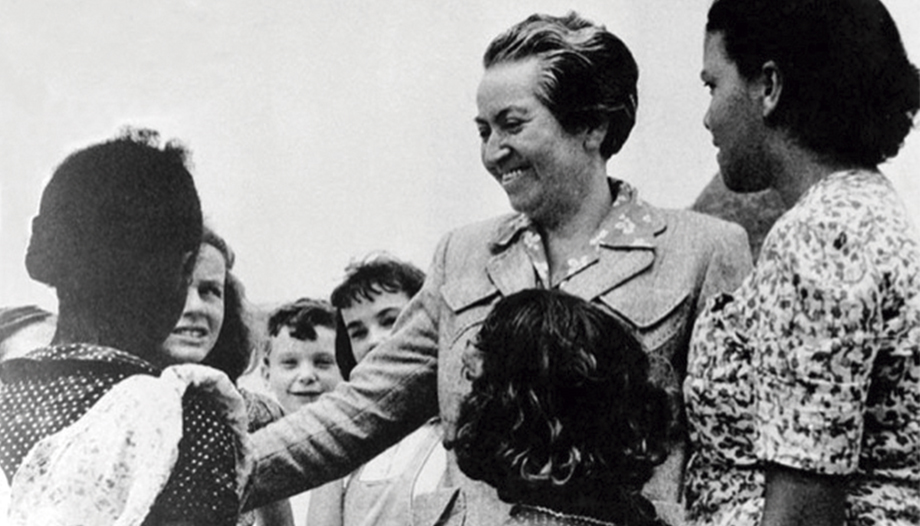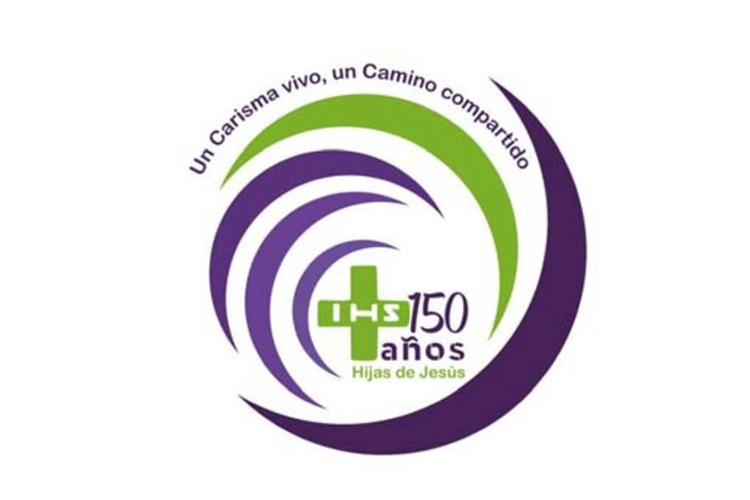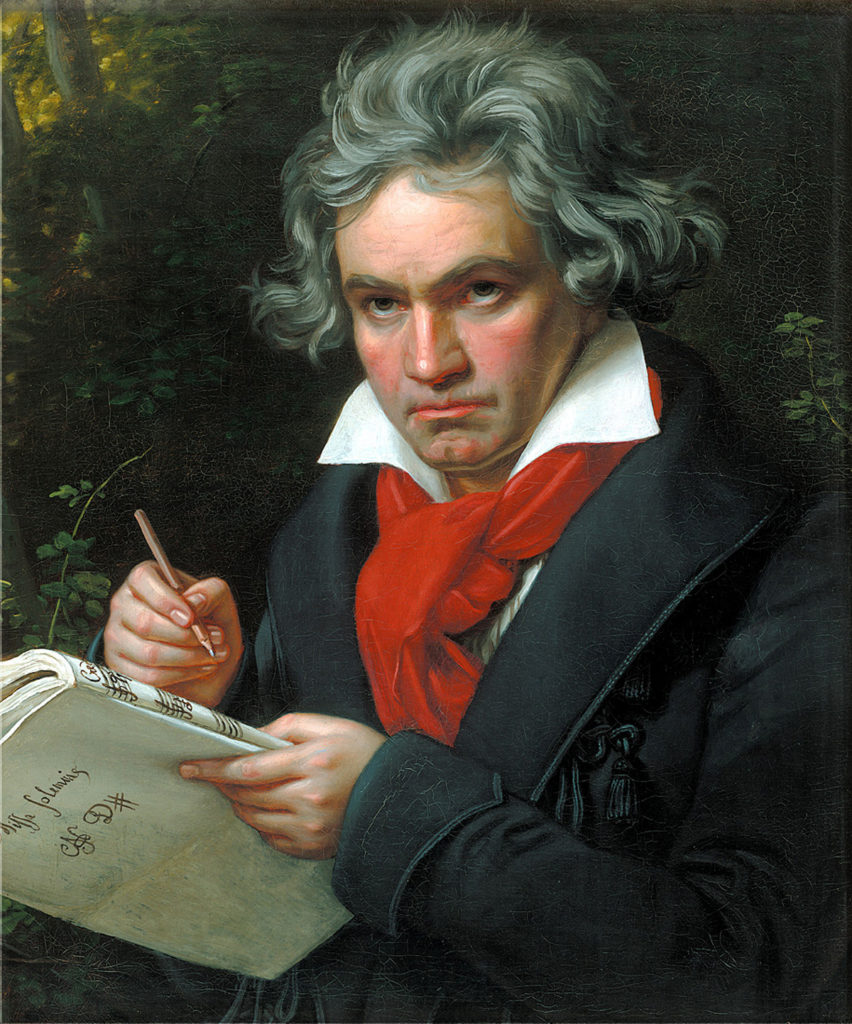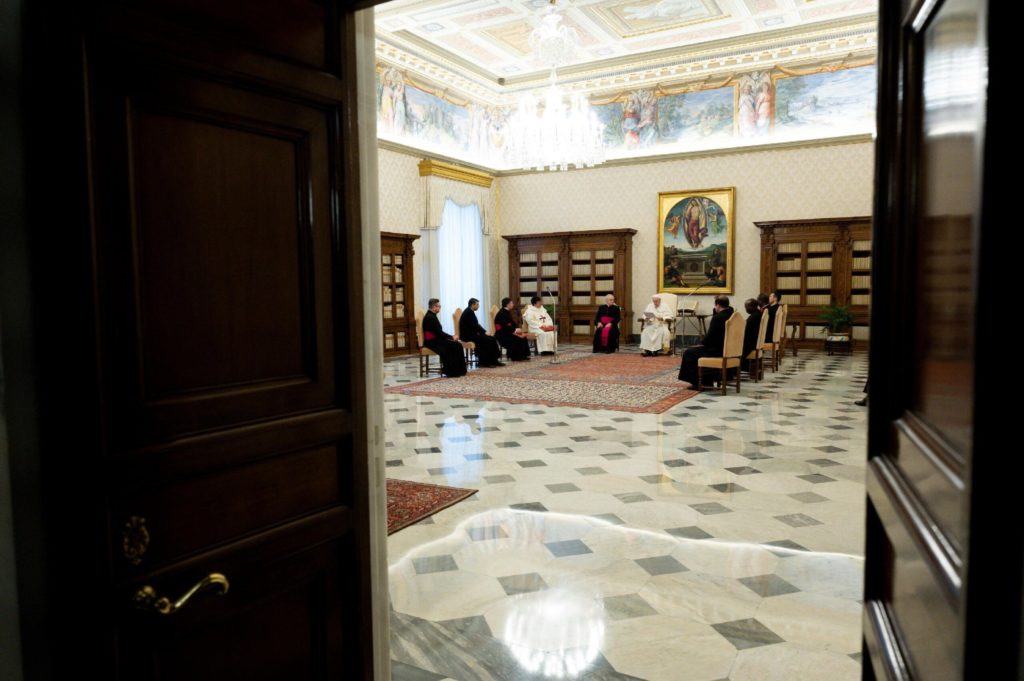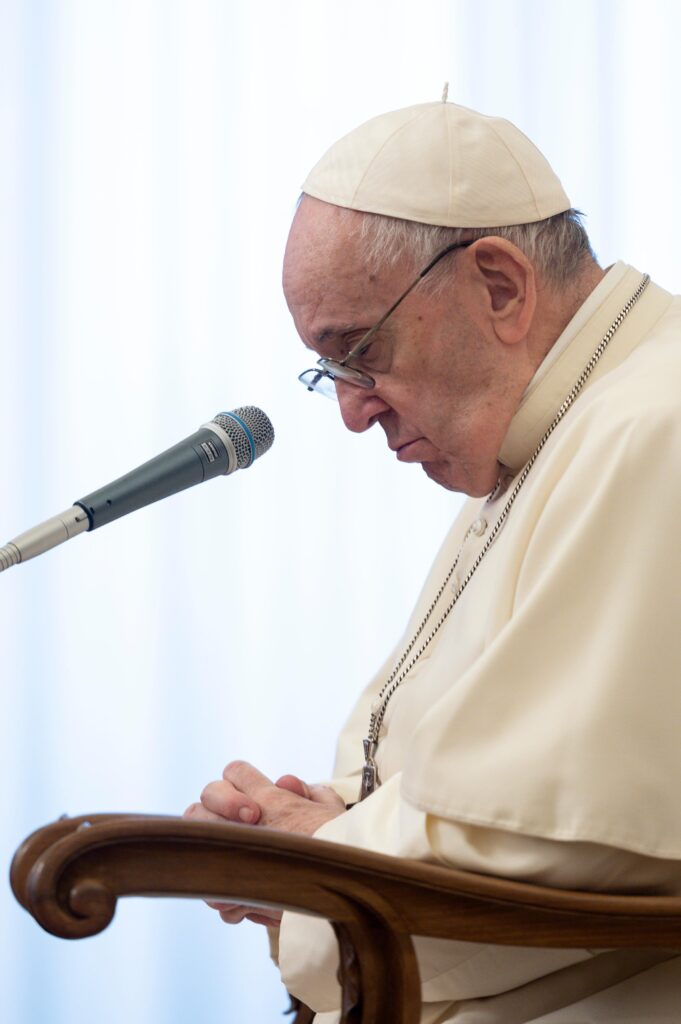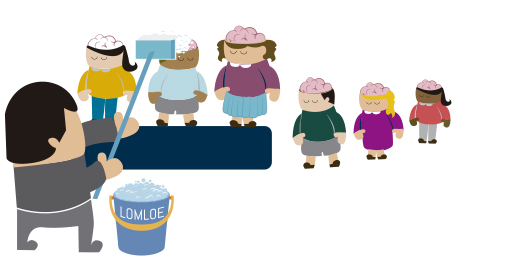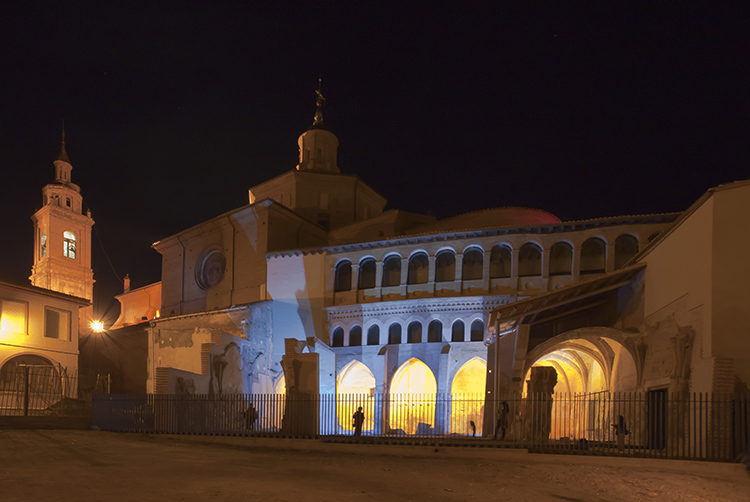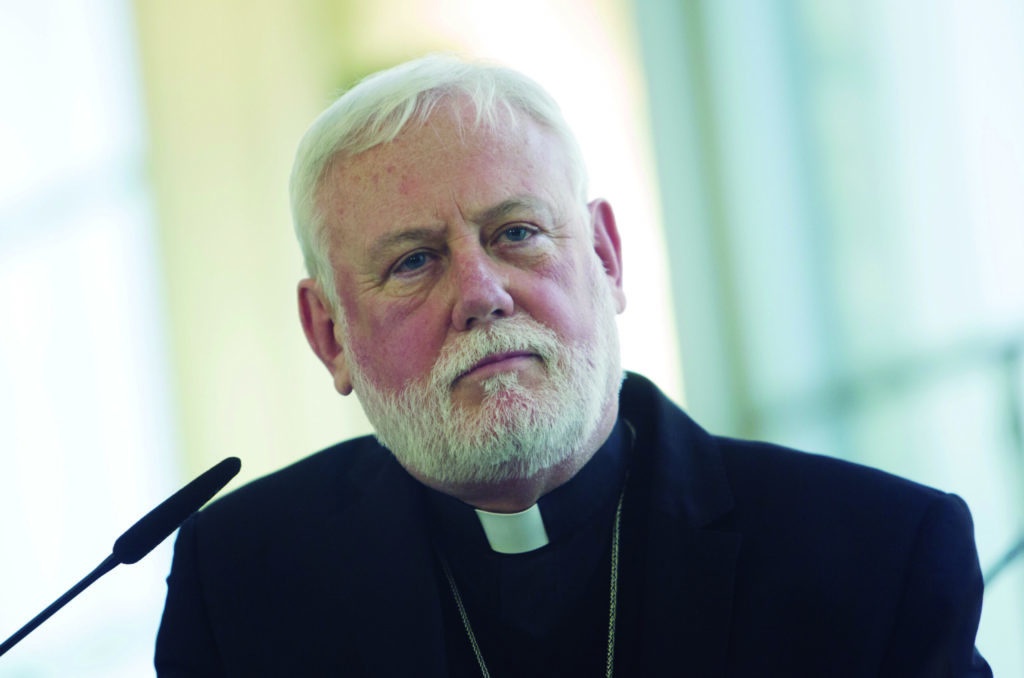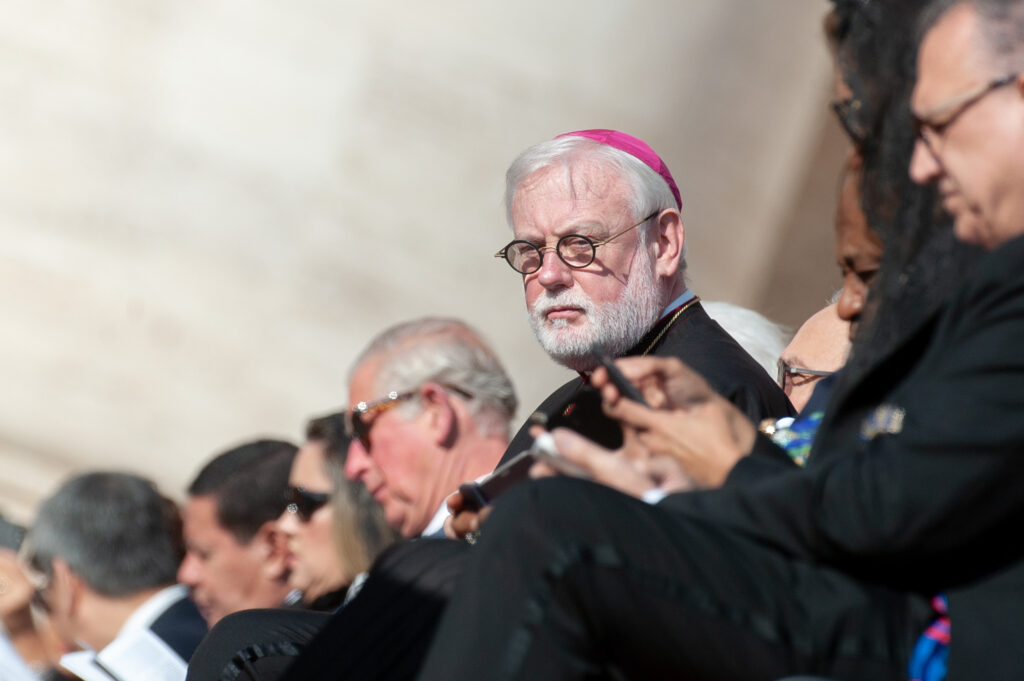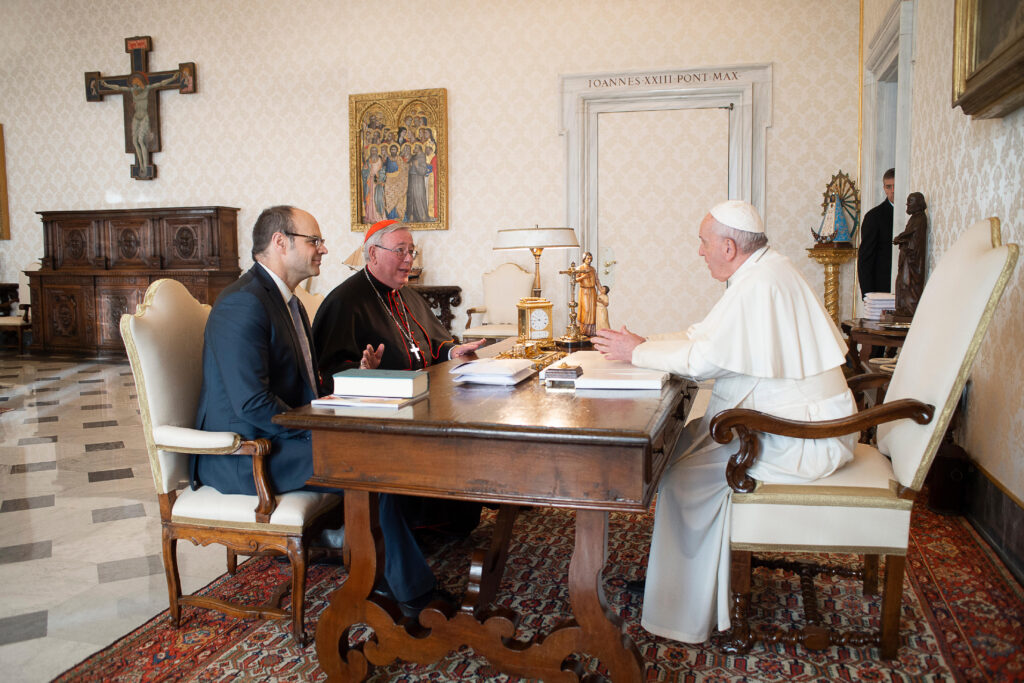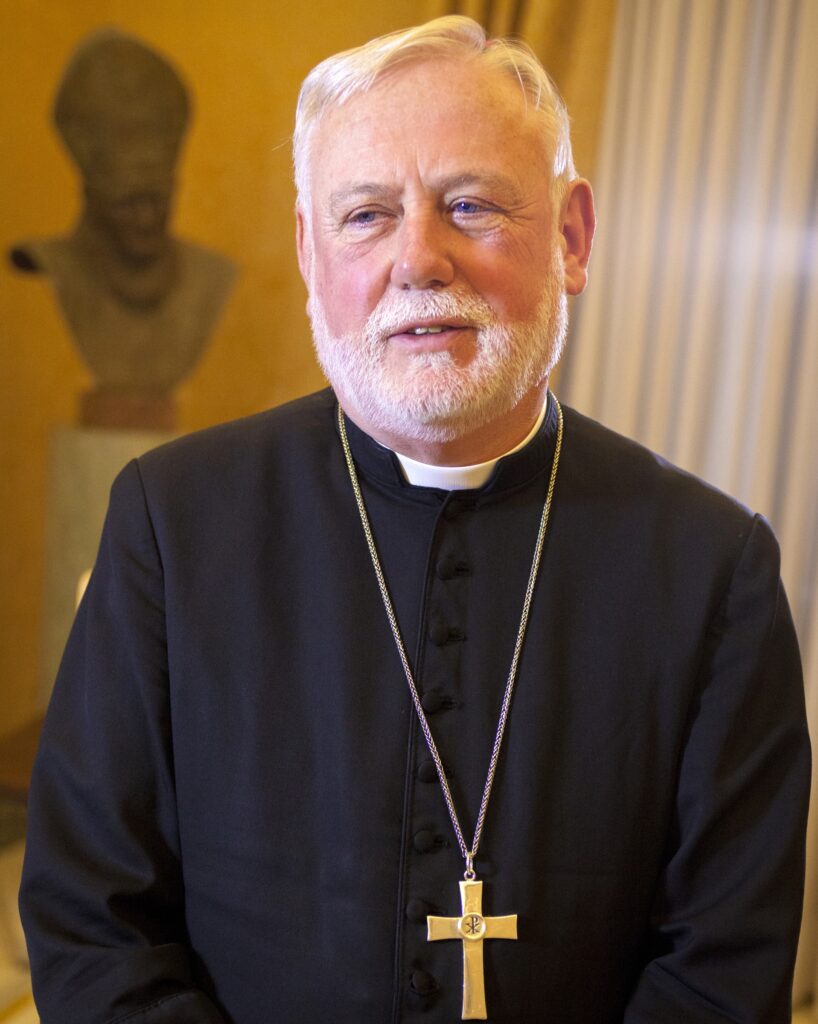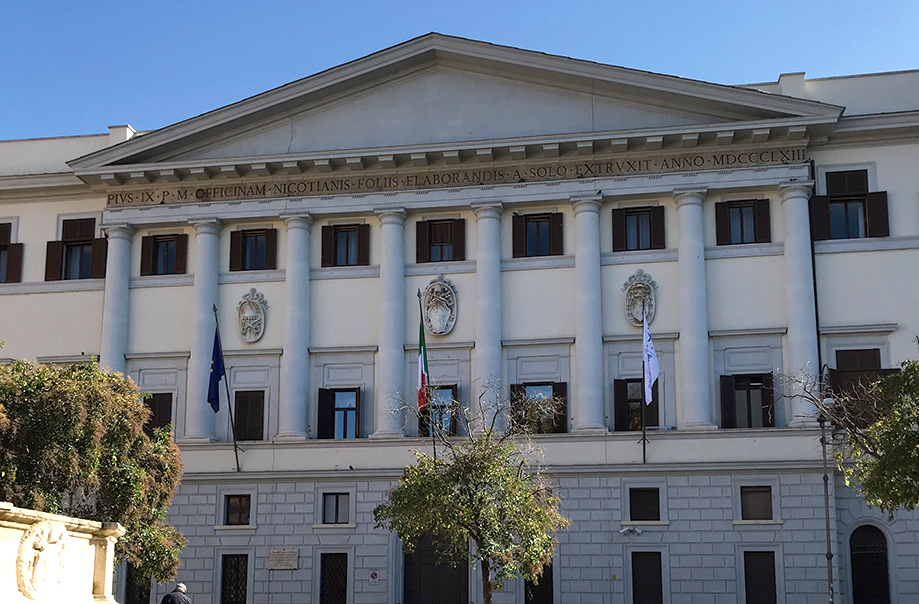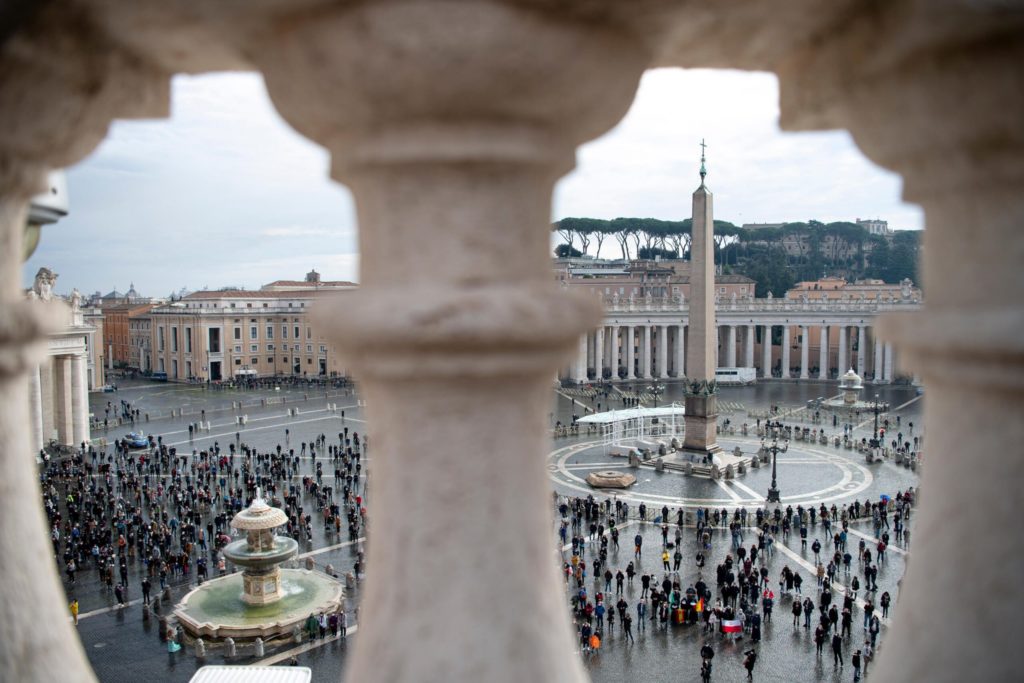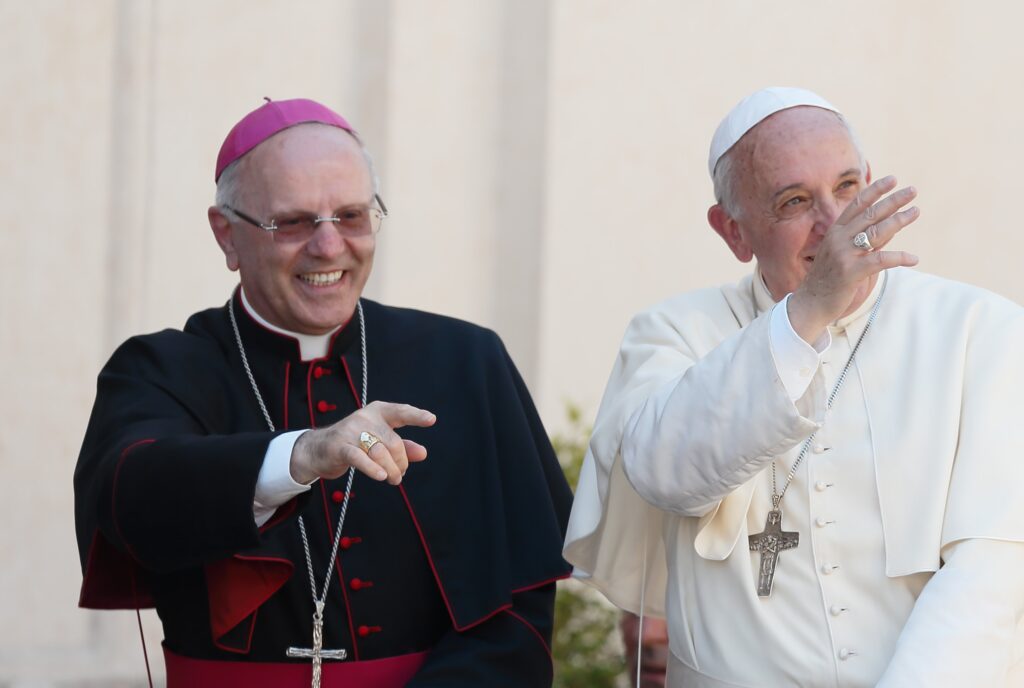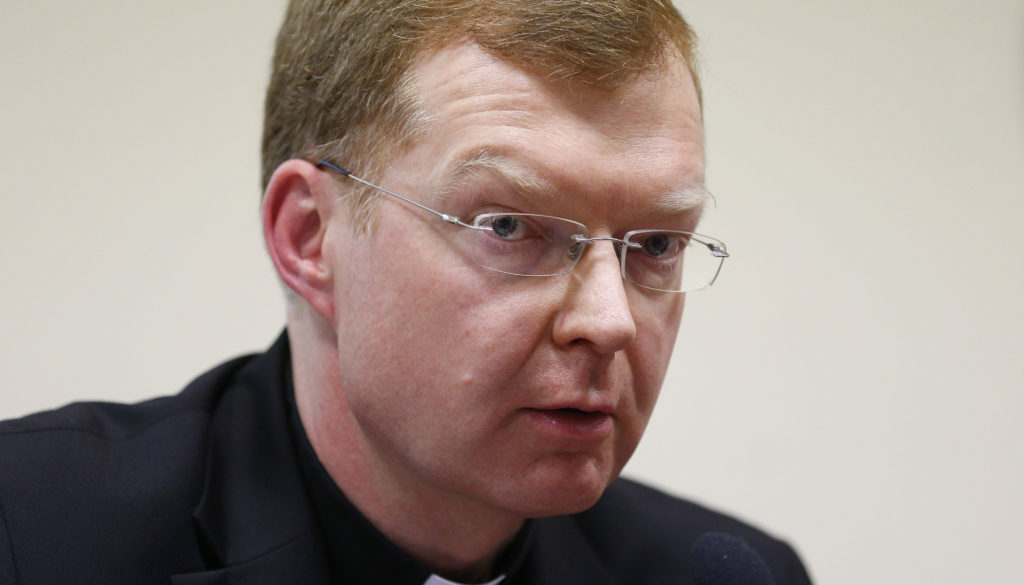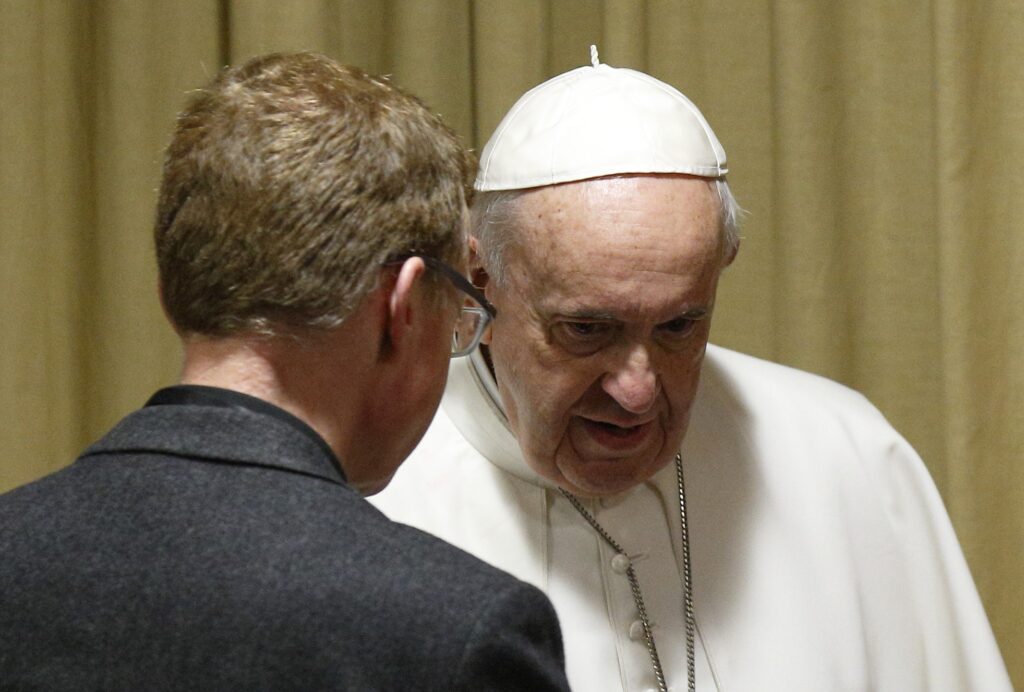Pope Francis' trips, like those of his predecessors, take place at the planned destinations, but they could not be properly understood without the Holy Father's words on the outbound and especially on the return flight with journalists. In the visit to the United Arab Emirates (UAE), whose main cities are Abu Dhabi and Dubai, the same thing happened.
On the return flight, the Pope introduced the dialogue in this way: "Ha has been a travel too brief but for me has has been a great experience. I want that each travel be We want each of our days to be for the writing of daily history. No story is small, every story is big and worthy. And even if it is ugly, dignity is hidden and can always emerge.".
Pope Francis then referred to the UAE: "He seen at a modern country, I was struck by the city. Even the cleanliness of the city, I wondered how they water the flowers in this desert. It is a modern country, it welcomes many people and it is a country that looks to the future: for example, in the education of children. They educate looking to the future. Then I was struck by the water problem: they are looking for the near future to take water from the sea and make it drinkable, even water from the humidity and make it drinkable. Always looking for new things. I have also heard them say: we will run out of oil and we are getting ready. It has seemed to me an open country, not closed. Also the religiosity: it is an open Islam, of dialogue, a fraternal Islam, of peace. I underline the vocation for peace that I felt I had, in spite of the problems of some wars in the area"..
In the spirit of Vatican II
An open Islam, of dialogue, fraternal, said the Holy Father. Indeed, a relevant aspect of the conversation with the media focused on the document on human fraternity signed by Pope Francis and the Grand Imam of Al-Azhar, Ahmad Al-Tayyeb.
The declaration is an invitation to reconciliation and fraternity among all believers, also between believers and non-believers, and among all people of good will. Thus the Pope commented: "One thing I want to say and I repeat it clearly: from the Catholic point of view, the document has not moved a millimeter beyond the Second Vatican Council. Nothing. The document has been produced in the spirit of Vatican II.".
The Holy Father also referred to possible divergences among Muslims. "In the Islamic world there are different opinions, some more radical, some not. Yesterday, in the Council of the Wise there was at least one Shiite and he spoke well. There will be discrepancies between them..., but it is a process, processes must mature, like flowers, like fruit."
Intrahistory of the document
The Pope explained that the text "was prepared with much reflection and also praying. Both the great Imam with his team and I with mine, have prayed so much to achieve this document, which is born of faith in God, who is the Father of all and the Father of peace. It condemns all destruction, all terrorism, from the first terrorism in history, which is that of Cain. It is a document that has been developed in almost a year, with back and forth, prayers... it has been left to mature, a little confidential, not to give birth to the child before its time. For it to be mature", reported Andrea Tornielli from the plane.
As for other impressions of the visit and its results, the Pope told the media: "For me it was very touching to meet with the wise men of Islam, a profound encounter, they were from different places and various cultures. This also indicates the openness of this country to a certain regional, universal and religious dialogue. Then I was impressed by the interreligious convention: it was a strong cultural event. And I mentioned in the speech, what you did here last year on the protection of children on the Internet. Today, child pornography is an 'industry' that makes a lot of money and preys on children. This country has realized this. There will also be negative things... But thank you for the welcome."
On the papal flight, not all the questions were soft Vaseline. For example, this one: "The Grand Imam Al-Tayyib emphasized the issue of Islamophobia - why wasn't something also said about Christianophobia, about the persecution of Christians?"
This was the Pope's response: "I I have talked about it. Not at that time, but I am frequently talking about it. I think the document was more about unity and friendship. But it condemns violence and some groups that call themselves Islamic - even though the sages say that's not Islam - persecute Christians. I remember that father in Lesbos with his children. He was thirty years old, he cried and told me: I am a Muslim, my wife was a Christian and the Isis terrorists came, saw his cross, asked him to convert and after his refusal they cut his throat in front of me. This is the daily bread of terrorist groups: the destruction from the person. By that the document has has been from strong conviction.
Confirmation in faith
Although it is difficult to have exact data, it is estimated that the Catholic faithful number around one million people between UAE, Oman and Yemen, which make up the Apostolic Vicariate of South Arabia, all of them immigrants. Some 80 % are of Latin rite and the rest from various Eastern countries, from more than a hundred countries of origin and with a strong presence from Southeast Asia.
At the end of the Holy Mass, which was attended by some 150,000 people (including several thousand Muslims), the Holy Father greeted some of the religious authorities (the Maronite Patriarch, the Armenian Patriarch, bishops from various countries and rites, etc.) and civil authorities. He also greeted the boys and girls who had helped at the Mass. The last person he greeted, without being planned, was Eugene, an Italian Capuchin priest of 90 years, of which he has spent 60 years in different countries of the Arabian Peninsula.
It was a greeting-homage; an embrace of the Pope to one of the priests who arrived at the beginning of the modern history of the Church in this part of the world. It was a silent, long embrace, lasting more than a minute, as the Armenian Patriarch pointed out, an emotional embrace, in which Pope Francis kissed Eugene's hand, while those who were there kept a great silence.
This meeting seems to me a good summary of one of the two reasons for the Holy Father's trip to Abu Dhabi: to confirm in the faith the hundreds of thousands of Catholics living in the Emirates and, with them, the several million who live in the entire Arabian Peninsula. To help give them visibility.
Year of Tolerance
The first reason for the visit was the invitation to participate in the interreligious meeting on peace, on the occasion of the "Year of the Tole- rancia" promoted by the Emirati government in 2019. The meeting was also attended by the Grand Mufti of the Cairo Mosque, whom Pope Francis referred to as a brother and friend. At the end of the meeting they signed the aforementioned declaration, a historic document on human fraternity.
The Pope was not just another guest. This is evidenced by the many details on the part of the civil authorities (from the involvement in covering the organizational needs to the welcoming and farewell ceremonies). And it is also proven by the joy of so many Emiratis (police, military and civilians who participated in the organization of the Mass). The UAE is proud to be a pioneer in religious coexistence. They have maintained diplomatic relations with the Holy See since 2007. In 2017, they created the Ministry of Tolerance, headed by Sheikh Nahyan bin Mubarak Al Nahyan, and have declared the current Year of Tolerance.
The Pope's visit comes at the invitation of Sheikh Mohamed bin Zayed Al Nahyan, Crown Prince of Abu Dhabi. In addition to the Pope, the Emirates has invited the Grand Mufti of Al-Azhar, one of the highest authorities in Sunni Islam, head of the Al-Azhar Mosque and University in Cairo.
The Holy Father recently recalled: "I will soon have the opportunity to visit two Muslim-majority countries, Morocco and the United Arab Emirates. These will be two important occasions to further enhance interreligious dialogue and mutual understanding between the faithful of both religions, on the eighth centenary of the historic meeting between St. Francis of Assisi and Sultan al-Malik al-Kāmil.".
First public Mass
For the first time a public Mass has been held and the Abu Dhabi government has granted holiday to those who were to attend. "We Muslims recognize the importance of Pope Francis' impending visit. This trip signals that tolerance, compassion and dialogue enable understanding and peace. Pope Francis will admire the beauty of a peaceful global community composed of people from some 200 countries. He joins all of us in praising our Creator for making us a unique individual and bridging our differences with universal values." explained the Minister of Tolerance before the visit.
The Holy Father took the opportunity to recall the need to truly live in respect for diversity while recognizing differences. And in the homily of the Mass, commenting on the beatitudes, he encouraged Catholics especially to be sowers of peace. Referring to relations with non-Christians, he explained: "I visit cite St. Francis, when he gives instructions to his brothers on how to present themselves to the Saracens and non-Christians. He writes: 'Do not engage in litigation or strife, but be subject to every human creature for God's sake and confess that you are Christians'".
Encouragement and gratitude to the faithful
The Pope celebrated the Mass according to the Latin rite, but he kept in mind the variety and richness of the Church in this land. This diversity was also felt in the languages used (English, Italian and Latin by the Holy Father, in addition to Arabic, French, Tagalog, Konaki..., in the prayers of the faithful).
"You here know the melody of the Gospel and live the enthusiasm of its rhythm. You are a choir composed of a variety of nations, languages and rites. [in reference also to the choir that sang during the Eucharist, which manifested the diversity of which the Pope spoke].A diversity that the Holy Spirit loves and wants to harmonize more and more, to make a symphony. This joyful symphony of faith is a witness that you give to all and that builds up the Church", he said in his homily.
He also wanted to encourage the faithful. Many are far from their families, fatigued by work schedules, far from the nearest church: "Certainly, for you It is not easy to live far from home and perhaps to feel the absence of the most beloved people and the uncertainty about the future. But the Lord is faithful and does not abandon his own. [Faced with a trial or a difficult period, we may think that we are alone, even after being with the Lord for so long. But at such times, even if he does not intervene quickly, he walks beside us and, if we go forward, he will open up a new path. For the Lord is a specialist in making things new, and he knows how to open new paths in the desert.
The Pope had words of thanks to the faithful: "A Church that perseveres in the word of Jesus and in fraternal love is pleasing to God and bears fruit. I ask for you the grace to preserve peace, unity, to take care of one another, with that beautiful fraternity which means that there are no first- and second-class Christians. Jesus, who calls you blessed, gives you the grace to go forward without discouragement, growing in mutual love and love for all".













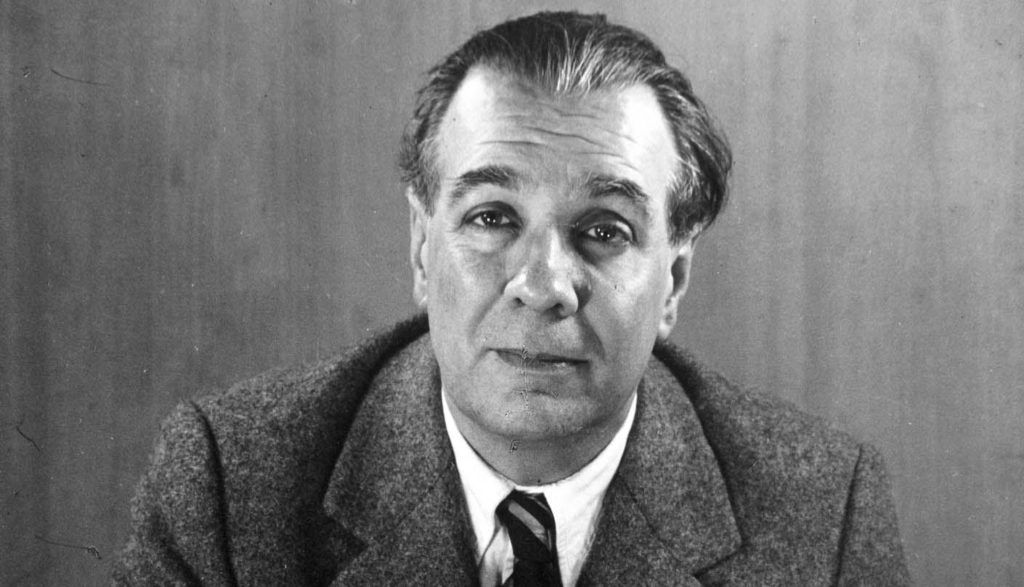
 Borges, a writer in search of meaning
Borges, a writer in search of meaning